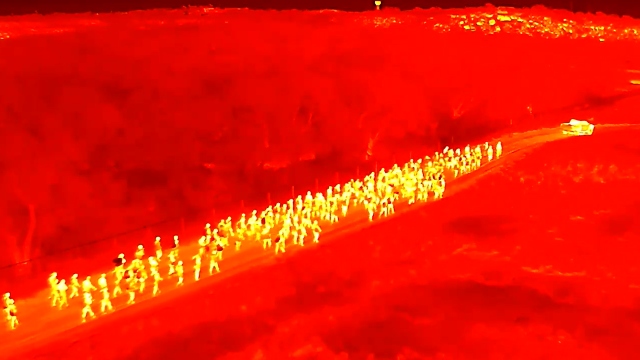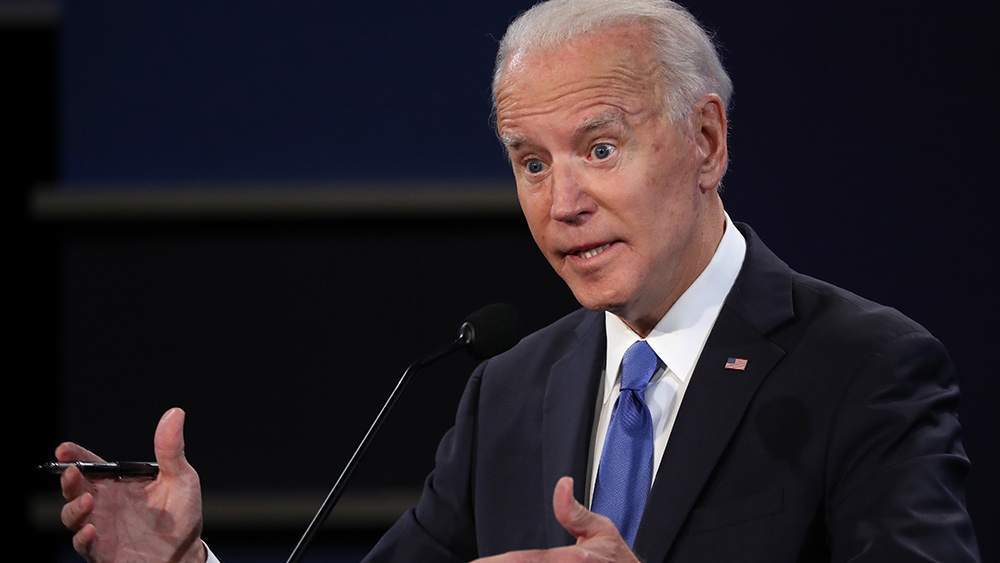 Parler
Parler Gab
Gab
Serious doubts surround Wright's claim to Nakamoto's identity
Bitcoin's foundational text – "Bitcoin: A Peer-to-Peer Electronic Cash System" – was published on Oct. 31, 2008, by Nakamoto. Following its publication, Nakamoto intermittently exchanged emails with the cryptocurrency's first adherents before disappearing from the internet in 2011. Speculation about Nakamoto's true identity has circulated ever since. Wright first stepped forward to claim he was Nakamoto in 2016, months after his name was first cited by media outlets investigating the matter. The problem with Wright's claim to being Nakamoto is that he has so far failed to provide the private keys – a secure code comprising a hexadecimal string of numbers and letters – that would unlock access to the more than 1.1 million original Bitcoins mined by Nakamoto that are worth nearly $47 billion as of press time. In a Norwegian court in 2022, Wright testified that he had destroyed the computer hard drive that would have given him access to the keys and would make him one of the biggest players in a bitcoin market that is now valued at over $838 billion. In its most recent court filing in London, COPA claims that the evidence provided by Wright to support his claims has been forged. The filing alleges that the copy of the Bitcoin white paper produced by Wright is written in a different font from the original and was written using a software system called LaTeX even though the original document was written using OpenOffice. Furthermore, COPA claims that experts who have examined both the original white paper and the copy produced by Wright conclude that his copy leads to a PDF "which only superficially resembles the Bitcoin white paper but which is in fact substantially different." COPA also claims in its filing that an analysis of the metadata – information about the file itself – of the LaTeX file submitted by Wright was created not in 2008 but on Nov. 19, 2023. COPA added that one other document provided by Wright as evidence appears to have been written by the artificial intelligence chatbot ChatGPT. Learn the latest news involving Bitcoin and other cryptocurrencies at BitcoinCrash.news. Watch this episode of "The Tiny Crypto Blog" discussing how bitcoin is helping usher in a new age in the world of finance. This video is from the Tiny Crypto Blog channel on Brighteon.com.More related stories:
Bitcoin a THREAT to America's DEEP STATE; Space Force head calls for exploration of blockchain's tech. RFK Jr. vows to back the U.S. DOLLAR with BITCOIN if elected president. New probe reveals "real-world harm" of energy-intensive crypto mining operations. BITCOIN GREENWASHING: No, Bitcoin mining isn't mostly powered by clean, renewable energy, but the cult-like self-delusion of Bitcoin apologists is itself a fascinating science experiment. Sources include: The-Sun.com TheGuardian.com Blockworks.co Brighteon.comDems are taking out Biden, and they used the disastrous evening presser to “seal the deal”…
By News Editors // Share
Military whistleblowers claim UFO successfully disabled American nuclear warhead during routine test
By Richard Brown // Share
Governments continue to obscure COVID-19 vaccine data amid rising concerns over excess deaths
By patricklewis // Share
Tech giant Microsoft backs EXTINCTION with its support of carbon capture programs
By ramontomeydw // Share
Germany to resume arms exports to Israel despite repeated ceasefire violations
By isabelle // Share










